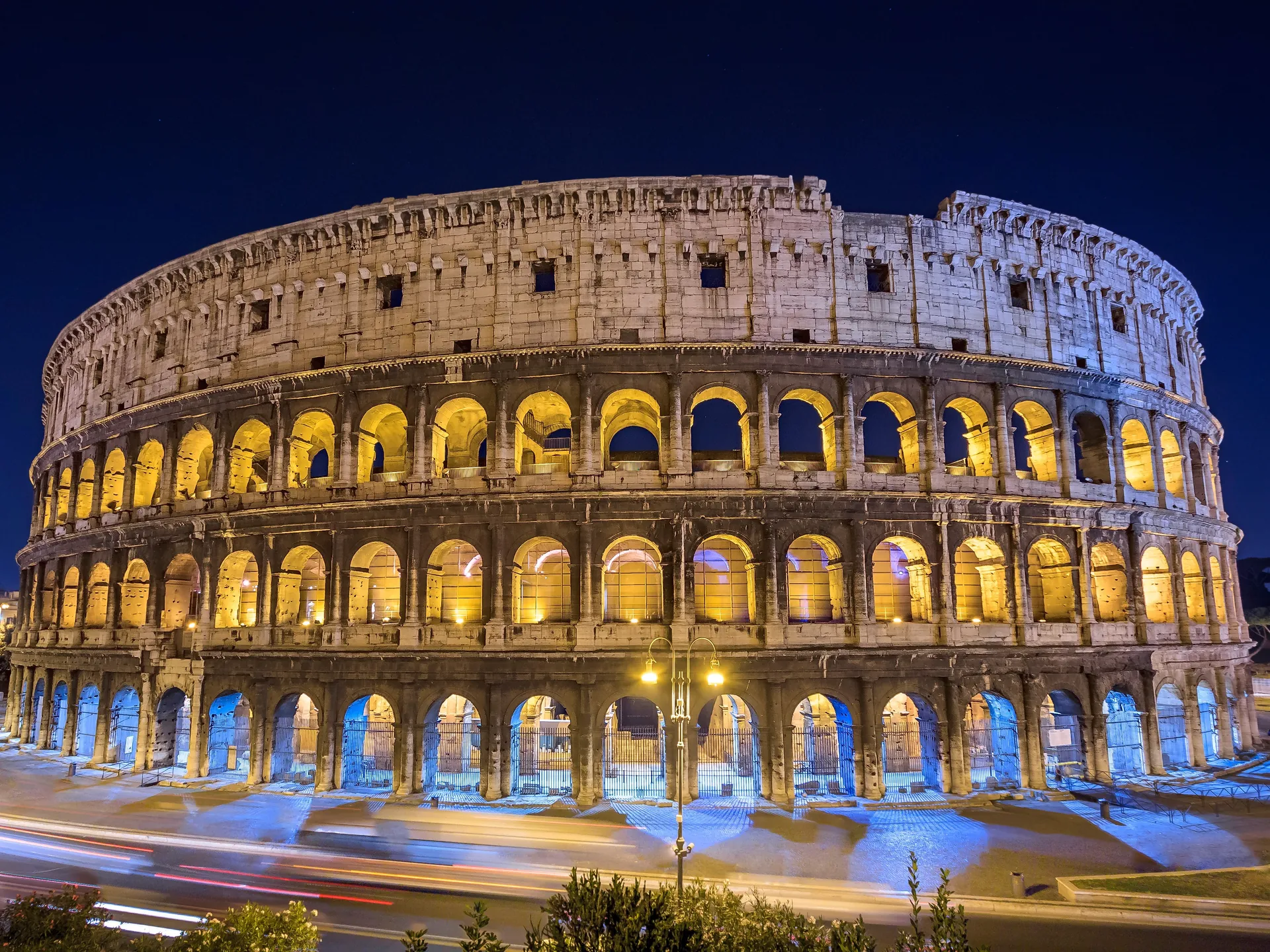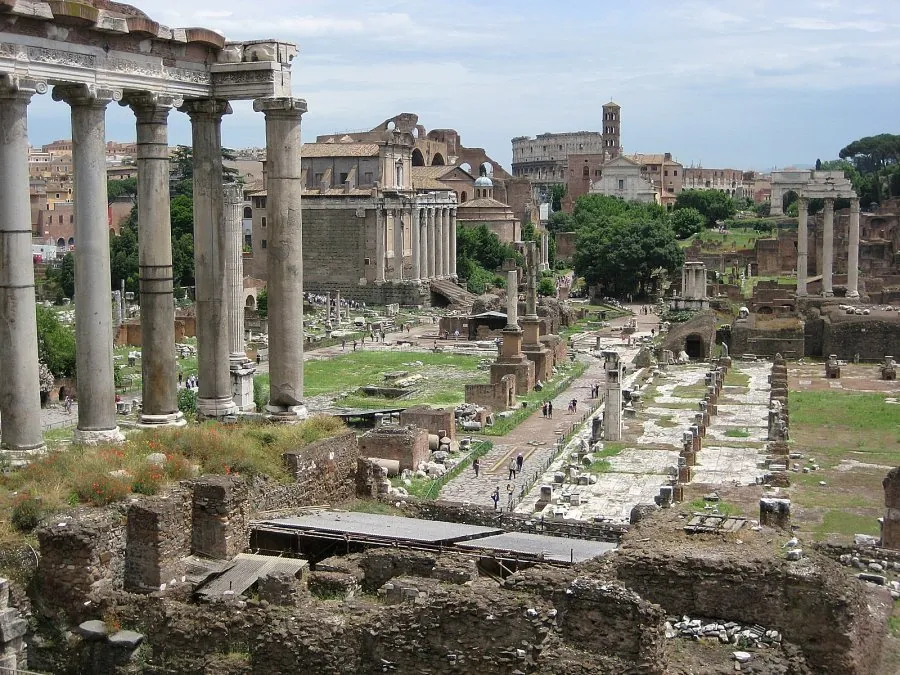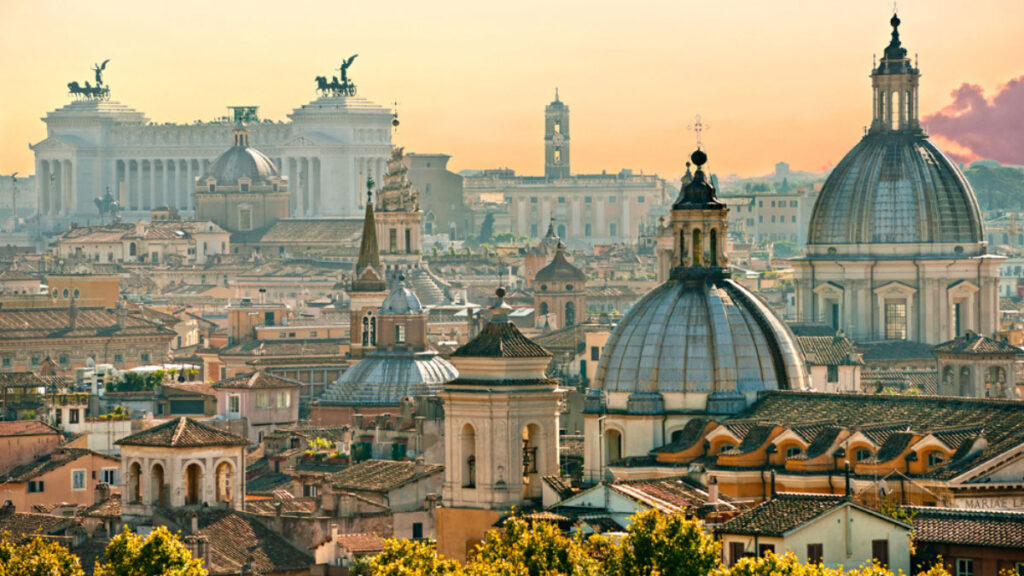Rome, the capital of Italy, is more than just a city; it’s a walking museum that beautifully melds ancient history with dynamic modernity. As you tread its cobbled streets, you’ll witness a juxtaposition of colossal ruins, magnificent basilicas, vibrant piazzas, and stylish boutiques. Whether you’re a history buff, an art lover, a food enthusiast, or a leisurely traveler, Rome’s layered history and culture promise an unforgettable experience. In this comprehensive guide, we’ll unveil 26 must-do activities that will enrich your Roman holiday, including iconic landmarks, hidden gems, and quintessential Roman experiences that you can’t afford to miss.
1. Visit the Colosseum: Rome’s Most Iconic Landmark

The Colosseum, or the Flavian Amphitheatre, is arguably Rome’s most recognizable and spectacular ancient structure, celebrated worldwide as a symbol of the grandeur of the Roman Empire. Opened in 80 AD, it once held up to 80,000 spectators for gladiatorial contests, animal hunts, and simulated sea battles.
Tips for Visiting the Colosseum:
- Best Time to Visit: Early in the morning or late afternoon to avoid the main rush.
- Ticket Info: Consider a combined ticket that includes the Roman Forum and Palatine Hill for better value.
2. Explore the Roman Forum: The Political Heart of Ancient Rome

